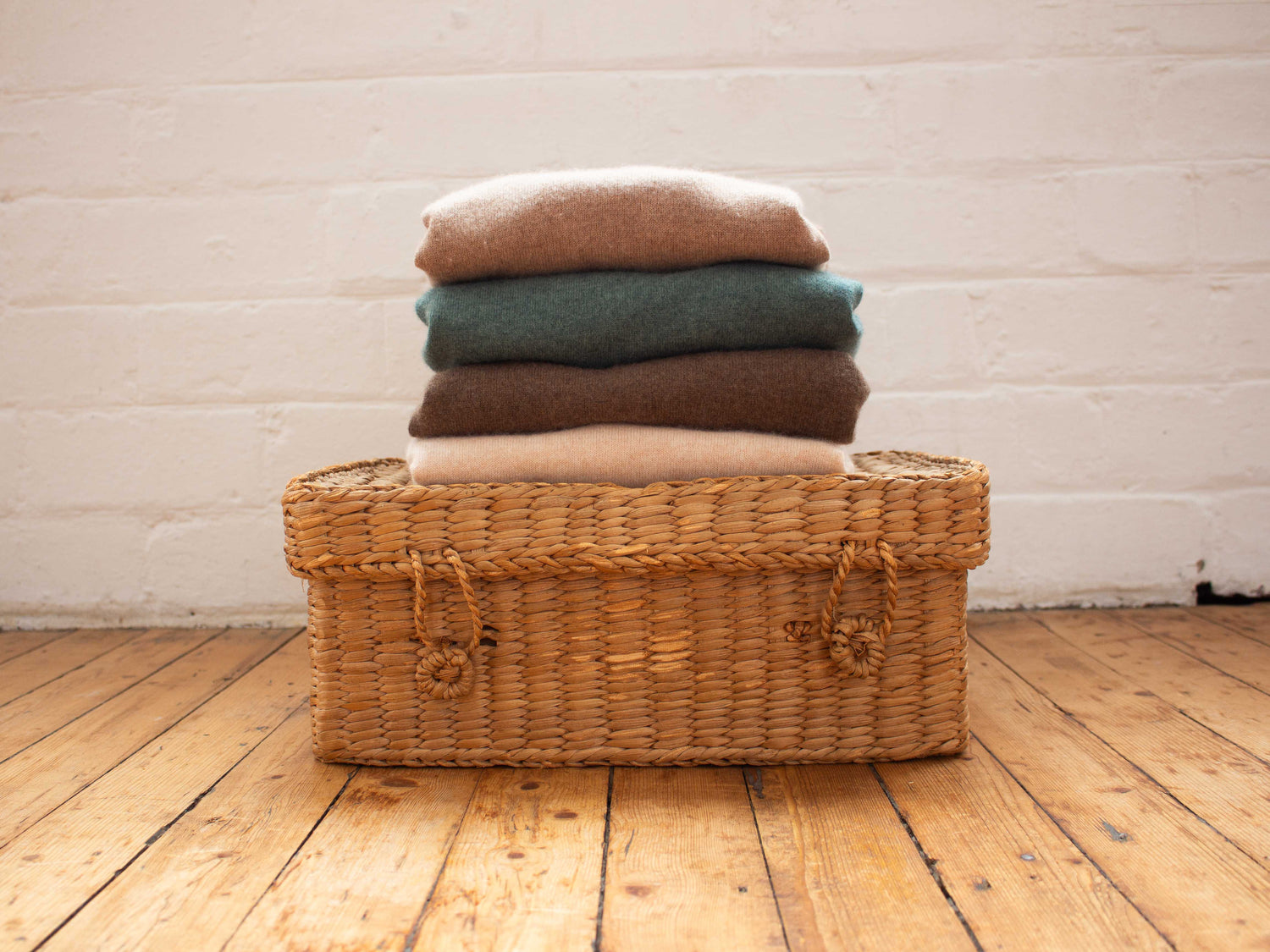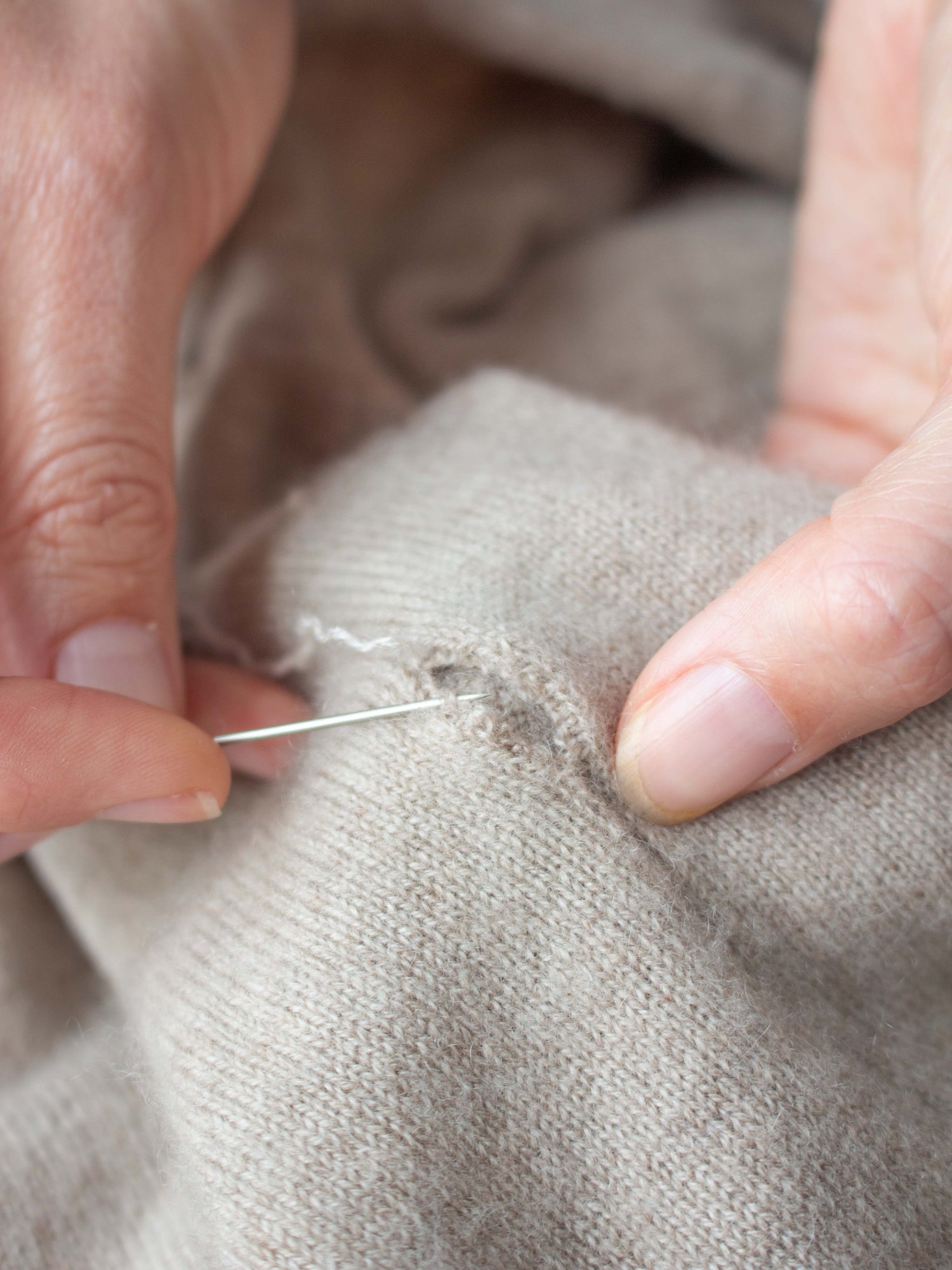The Bigger Picture
Sustainability
Mass consumption of cashmere places significant pressure on this natural harvest cycle because mass consumption waits for no one. Cashmere is and should be a seasonal crop and as cashmere goats produce much less fibre than other animals such as sheep (and wool) it doesn’t naturally fit in the fast-paced cycles of modern fashion models.
However, as cashmere continues to feature in fast fashion, the industry has had to adapt and expand in the face of the natural world, which means more goats… More goats mean more mouths, which means more food and more land. This deadly formula, along with a warming climate, means that land can’t recover in time, which has already led to widespread desertification and the degradation of the native homes of these animals and their keepers.
If we are to continue to buy clothes at the rate we are, we need to find a more sustainable alternative that is less dependent on these natural resources and better for people and the planet. We believe that secondhand is that alternative.
By choosing secondhand we remove ourselves from the overconsumption of natural resources by switching our dependence to another overwhelmingly abundant one: textile waste. Every year 300,000 tonnes of clothing is thrown into UK landfill, amounting to around £12.5 billion and 5% of our annual carbon emissions. By recovering beautifully made cashmere garments and fabrics from textile waste streams, we are actively redirecting them from landfill or energy intensive recycling back into our wardrobes.
We are inspired and motivated by the power of secondhand and we combine this with passion and artisanal craftsmanship to create sustainable cashmere collections that are accessible to everyone.
To find out more about our motivations, better understand the cashmere industry and to learn about sustainability in fashion, we recommend reading of our journal. We publish plenty of helpful resources, conversations and advice to get you started on your powerful secondhand journey.



